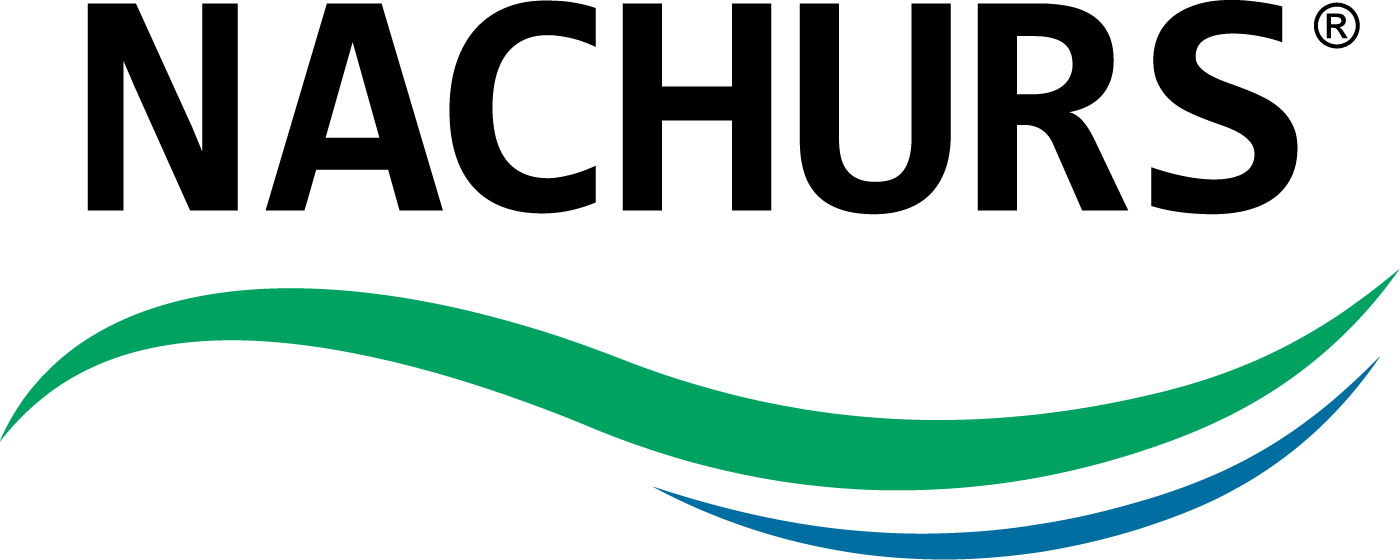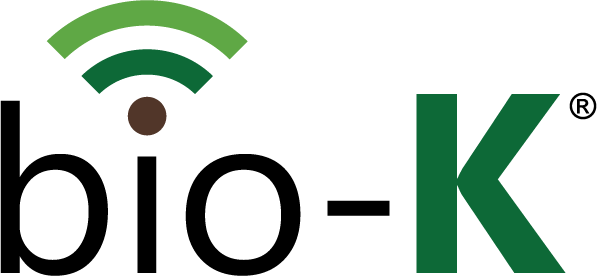Rhyzo-Link: Soil Health You Can See
By now, you have seen the results of countless Rhyzo-Link trials. The end result is usually increased yield due to: (1) greater plant growth; (2) nutrient and water use efficiency, and ultimately (3) soil health. Often, we can visually see these indicators. It is very common to see a healthier, more robust plant above the ground (grater plant growth). When Rhyzo-Link treated crops are dug up and the roots are examined you will often see larger roots with more root hairs (resulting in water and nutrient use efficiency) ….but what about soil health? When scouting the first Rhyzo-Link trial I had ever worked with I noticed that the soil from the Rhyzo-Link treated plants simply wouldn’t wash off of the root system like the soil on the roots from all of the other treatments. I found this interesting, but did not fully comprehend what was taking place. Later that year I was able to attend a meeting conducted by USDA’s NRCS. At that meeting they conducted a “slake test”. This test demonstrates the different characteristics of no-till soil as compared to tilled soil. These differences are created by the improved soil health of no-till soil due to increased microbial activity. You can see what I am talking about by watching Ray Archuleta preform a slake test at this site: https://www.youtube.com/watch?v=CEOyC_tGH64&list=PL3070028DAAB02E3D While Mr. Archuleta is advocating no-till cropping systems in his video, my purpose is not to discuss tillage systems, but to point out that Rhyzo-Link can actually create some of the same soil health benefits that are observed in the slake test. I am including two pictures that show some very interesting soil differences: Figure 1 shows two corn plants at V4. These plants were grown in the field 30 inches from each other, both received the exact same treatment, except the plant on the left received an in furrow starter with Rhyzo-Link. The plant on the right did not have Rhyzo-Link in its starter. Notice the soil does not break apart when soaked with water. This indicates a change in soil aggregation caused by greater microbial life in the soil. Figure 2 shows corn plants dug at R3. Again, these plants are from the same treatments listed above and were dug from the same field, 30 inches apart. Notice the differences in the size of the root balls and the differences in the color of the soil. Obviously, the microbes are at work. The past 2 growing seasons, NACHURS has been sending beneficial plant growth promoting rhyzobacteria (PGPR) to the field to work for you. The benefits are indisputable: (1) greater plant growth; (2) nutrient and water use efficiency, and ultimately (3) soil health.
By now, you have seen the results of countless Rhyzo-Link trials. The end result is usually increased yield due to: (1) greater plant growth; (2) nutrient and water use efficiency, and ultimately (3) soil health. Often, we can visually see these indicators.
- It is very common to see a healthier, more robust plant above the ground (grater plant growth).
- When Rhyzo-Link treated crops are dug up and the roots are examined you will often see larger roots with more root hairs (resulting in water and nutrient use efficiency)
- ….but what about soil health?
When scouting the first Rhyzo-Link trial I had ever worked with I noticed that the soil from the Rhyzo-Link treated plants simply wouldn’t wash off of the root system like the soil on the roots from all of the other treatments. I found this interesting, but did not fully comprehend what was taking place. Later that year I was able to attend a meeting conducted by USDA’s NRCS. At that meeting they conducted a “slake test”. This test demonstrates the different characteristics of no-till soil as compared to tilled soil. These differences are created by the improved soil health of no-till soil due to increased microbial activity. You can see what I am talking about by watching Ray Archuleta preform a slake test at this site: https://www.youtube.com/watch?v=CEOyC_tGH64&list=PL3070028DAAB02E3D
While Mr. Archuleta is advocating no-till cropping systems in his video, my purpose is not to discuss tillage systems, but to point out that Rhyzo-Link can actually create some of the same soil health benefits that are observed in the slake test. I am including two pictures that show some very interesting soil differences:
- Figure 1 shows two corn plants at V4. These plants were grown in the field 30 inches from each other, both received the exact same treatment, except the plant on the left received an in furrow starter with Rhyzo-Link. The plant on the right did not have Rhyzo-Link in its starter. Notice the soil does not break apart when soaked with water. This indicates a change in soil aggregation caused by greater microbial life in the soil.
- Figure 2 shows corn plants dug at R3. Again, these plants are from the same treatments listed above and were dug from the same field, 30 inches apart. Notice the differences in the size of the root balls and the differences in the color of the soil. Obviously, the microbes are at work.













